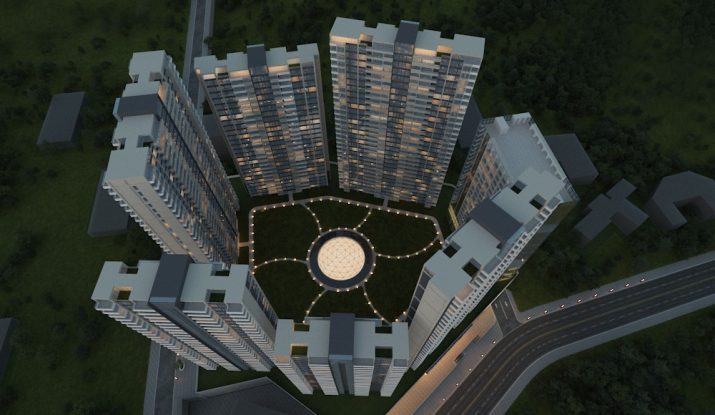Affordable housing remains a critical challenge and a top priority in Kenya, as the nation grapples with rapid urbanization and a growing population. The dream of homeownership is increasingly out of reach for many Kenyans due to soaring prices and limited supply. However, the future holds promise, thanks to innovative strategies and government initiatives aimed at transforming the affordable housing landscape. In this blog, we delve into what the future might hold for affordable housing in Kenya, examining both the challenges and the groundbreaking solutions on the horizon.
Understanding the Current State
The demand for housing in Kenya far outstrips supply, with an estimated deficit of over 2 million units. Urban areas, particularly Nairobi, are most affected, where the influx of people seeking better employment opportunities has led to overcrowded living conditions and the proliferation of informal settlements. The high cost of land and construction materials, coupled with limited financing options for low and middle-income families, exacerbates the situation.
Government Initiatives and Policies
Recognizing the urgency of the issue, the Kenyan government has made affordable housing one of its Big Four Agenda priorities. The plan aims to deliver 500,000 new homes by 2022, focusing on low and middle-income earners. Key strategies include:
- Public-Private Partnerships (PPPs): Leveraging the strengths of both the public and private sectors to increase housing production.
- Infrastructure Bond Financing: Raising funds for housing development through infrastructure bonds.
- Reduced Construction Costs: Implementing new building technologies and materials to lower construction costs.
Innovations Driving Change
Innovation in building technology and financing is critical to achieving large-scale affordable housing solutions. Several noteworthy innovations include:
- Prefabricated Housing: Using pre-built modules to speed up construction and reduce costs.
- Green Building Technologies: Incorporating sustainable practices to reduce environmental impact and long-term living costs.
- Microfinance and Cooperative Funding Models: Offering alternative financing models that allow groups of people to pool resources for home construction.
Challenges to Overcome
Despite these positive strides, several challenges remain:
- Land Availability and Cost: High land prices, especially in urban areas, continue to hinder development.
- Regulatory Hurdles: Lengthy and complex regulatory processes can delay housing projects.
- Corruption and Mismanagement: Ensuring transparency and accountability in housing projects is crucial to avoid misallocation of resources.
The Role of Community Involvement
Community involvement is essential for the success of affordable housing projects. Residents need to be active participants in planning and development to ensure the solutions meet their needs. Furthermore, fostering community development helps to build social infrastructure alongside physical infrastructure, creating vibrant neighborhoods rather than mere housing units.
Looking Forward
The future of affordable housing in Kenya is dependent on continued innovation, effective policies, and collaborative efforts. It’s a complex challenge, but with sustained commitment from all stakeholders—including government, private sector, and the communities themselves—Kenya can make significant strides towards providing affordable, quality housing for its citizens.
As we navigate this evolving landscape, it’s crucial that we remain focused on the ultimate goal: not just to build houses, but to create homes and communities where families can thrive for generations. This vision for the future of affordable housing in Kenya is not only achievable but essential for the nation’s overall development and prosperity.

